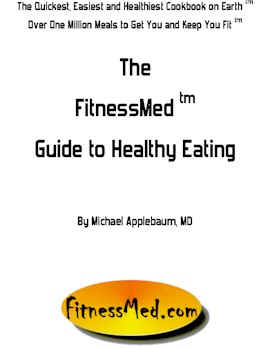Those older than 65 years who take high doses of vitamin D lower their risk of suffering a fracture by from 14% to 30%, according to a pooled analysis that demonstrated fracture risk reduction only at the highest level of vitamin D intake.
Heike A. Bischoff-Ferrari, MD, DrPH, from the Center on Aging and Mobility at the University of Zurich and the Wald City Hospital, Zurich, Switzerland, and coauthors reported their findings in a study published online July 4 and in the July 5 print edition of the New England Journal of Medicine.
"The findings suggest that only a high intake of vitamin D [median, 800 IU daily; range, 792 - 2000 IU] leads to a significant reduction in the risk of fracture — with a 30% reduction in the risk of hip fracture [hazard ratio, 0.70; 95 percent confidence interval (CI), 0.58 - 0.86; P < .001] and a 14% reduction in the risk of any nonvertebral fracture [hazard ratio, 0.86; 95% CI, 0.76 - 0.96; P = .007]; this reduction is independent of the assigned treatment dose of vitamin D, age group, sex, type of dwelling, and study," the authors write. Dr. Bischoff-Ferrari and coauthors sought to shed light on the relationship between supplemental vitamin D and reduced fracture risk; a simple question that has bedeviled scores of research teams, with several meta-analyses and 1 prior pooled participant-level analysis yielding inconsistent results. About 75% of fractures are suffered by people aged 65 years or older.
Read the second to the last sentence.
Not according to others.








No comments:
Post a Comment